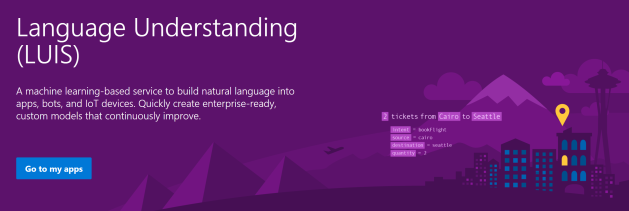 2017 ended up making ‘chatbots’ not a trend but an essential in the tech world. With the rise of chatbots, building up effective natural language understanding (NLU) models is a must. LUIS is an admirable service from Microsoft Cognitive Services that can use for building NLU models.
2017 ended up making ‘chatbots’ not a trend but an essential in the tech world. With the rise of chatbots, building up effective natural language understanding (NLU) models is a must. LUIS is an admirable service from Microsoft Cognitive Services that can use for building NLU models.
Most of the cases LUIS models perform well but in some cases LUIS models pop out with unexpected results. This may cause with various reasons including the less understanding on the business domain of the chatbot.
Here I’m adding few more for the points we discussed in the previous article, that we need to consider when building accurate LUIS models.
Note that LUIS has got a major update as well as a UI change compared to the version we used back last year.
Using Phrase List
You can create a phrase list for teaching synonyms for the model. For an example here, I’ve added a phrase list for the word “good”. The wizard recommends a set of words that can added to the phrase list and you can select the appropriate words from those suggestions. No need of typing all the synonyms. Let LUIS handle it. 😊
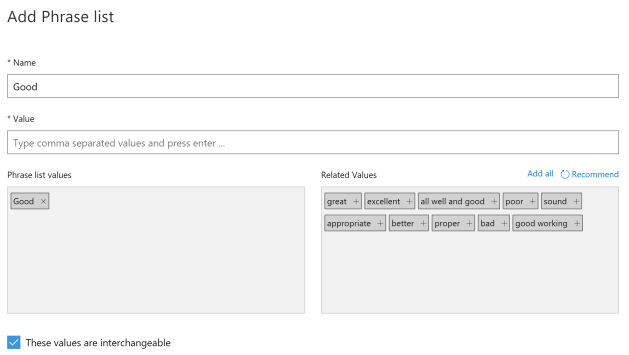 Another use of the Phrase list is to train the model the domain specific words. As an example, you can add a list of fruit names (Apple, Orange, Grapes) to a phrase list and give it a name. It’ll help the LUIS model to align according to the given domain.
Another use of the Phrase list is to train the model the domain specific words. As an example, you can add a list of fruit names (Apple, Orange, Grapes) to a phrase list and give it a name. It’ll help the LUIS model to align according to the given domain.
Use same amount of utterances to train each intent
When you training the intents using possible utterances, make sure to use roughly the same number of utterances for each intent. Else the intent predicting process might be bias to intents with higher number of utterances.
Comparing the accuracy of the model with published versions
With the new LUIS portal, you can test the accuracy of the built model without connecting it to a bot service. Adding to that you can compare the difference of two versions of the same LUIS model at the same time. After observing the difference for various utterances, you can decide which model version should go for production.
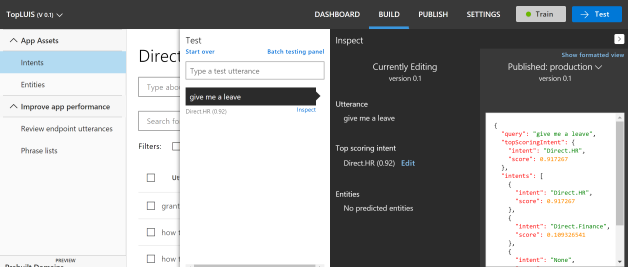
LUIS Programmatic API
This is not directly attached with optimizing the accuracy. LUIS Programmatic API allows you to do all most all the tasks that you perform to build and train a LUIS model through API calls. This may comes handy when you building a bot that can learn by itself.
Add Bing spell checker to the chatbot
You may notice that the spelling mistakes of the user cause wrong intent identifications. To overcome this issue, you can enable bing spell checker in your LUIS model. This may cost you a bit, but the accuracy of identifying intents would go up.
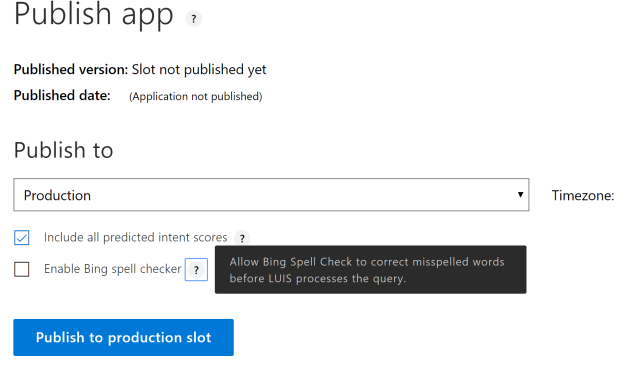
If you have more tips & tricks to share for optimizing NLU models, do share here as comments. 😊

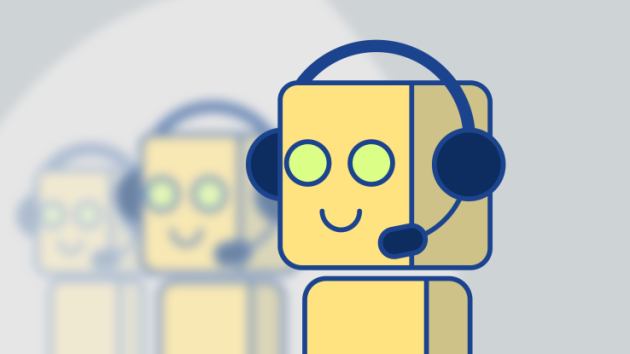 The word ‘chatbots’ has become one of the most whispered words in the tech world today. Each and every tech company is putting a lot of effort on researching and developing bot related technologies.
The word ‘chatbots’ has become one of the most whispered words in the tech world today. Each and every tech company is putting a lot of effort on researching and developing bot related technologies.
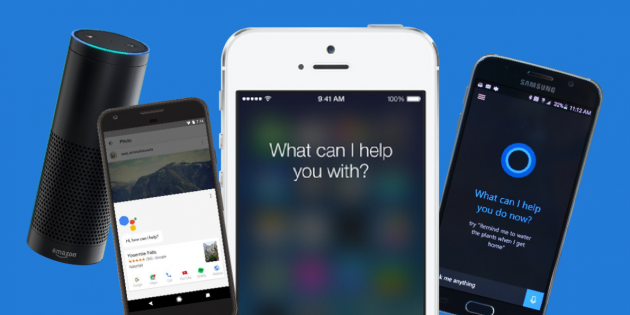
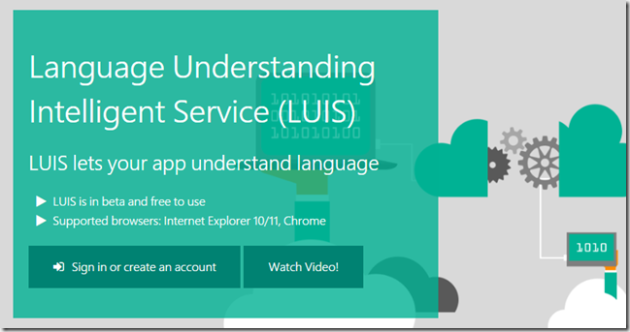 Chatbots has become a ‘trend’ today. Everyone wants to attach a chatbot for their businesses. Either to the public facing phase or as the interfering interface of an internal business process. If you observe the social media handles of the major brands, they are using chatbots to communicate with their customers.
Chatbots has become a ‘trend’ today. Everyone wants to attach a chatbot for their businesses. Either to the public facing phase or as the interfering interface of an internal business process. If you observe the social media handles of the major brands, they are using chatbots to communicate with their customers.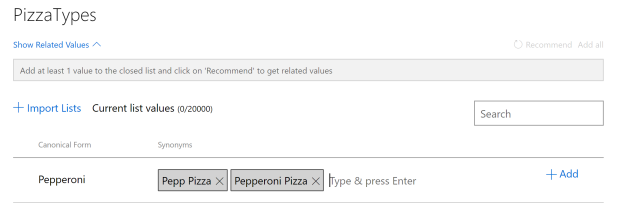
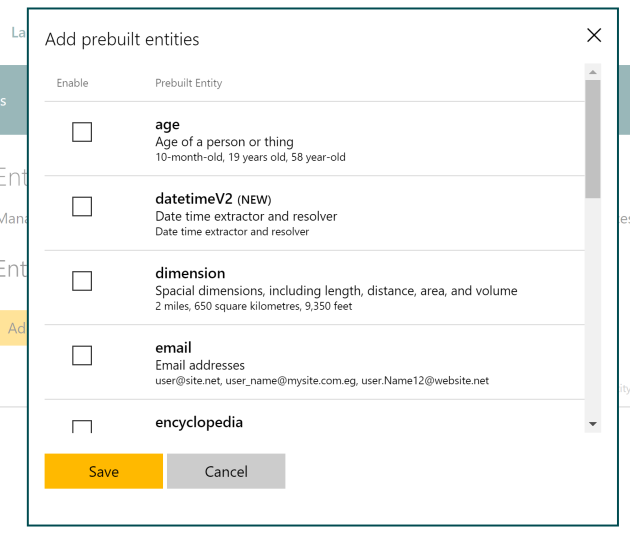
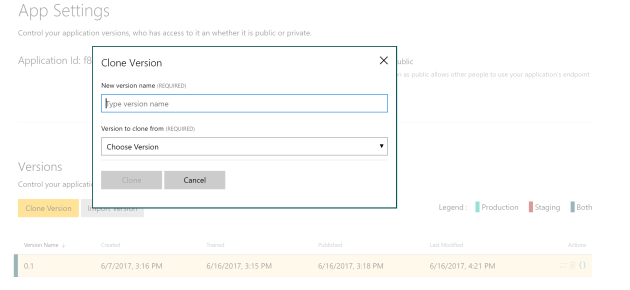 These are just small tips you can use when building your own LUIS model. Do comment any best practice that you find useful in building an accurate model for your Bot.
These are just small tips you can use when building your own LUIS model. Do comment any best practice that you find useful in building an accurate model for your Bot.